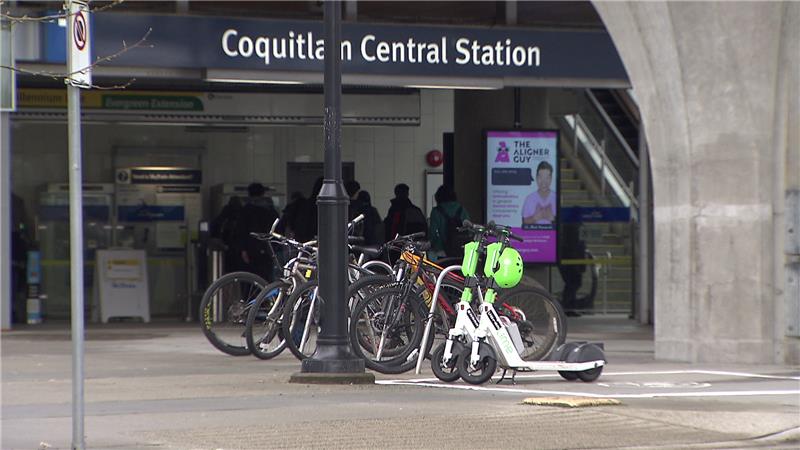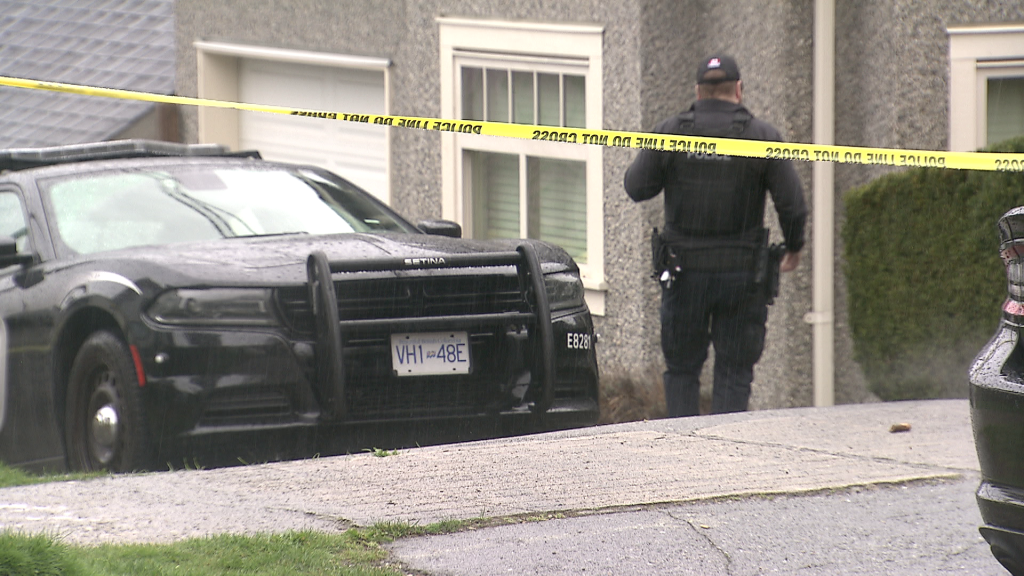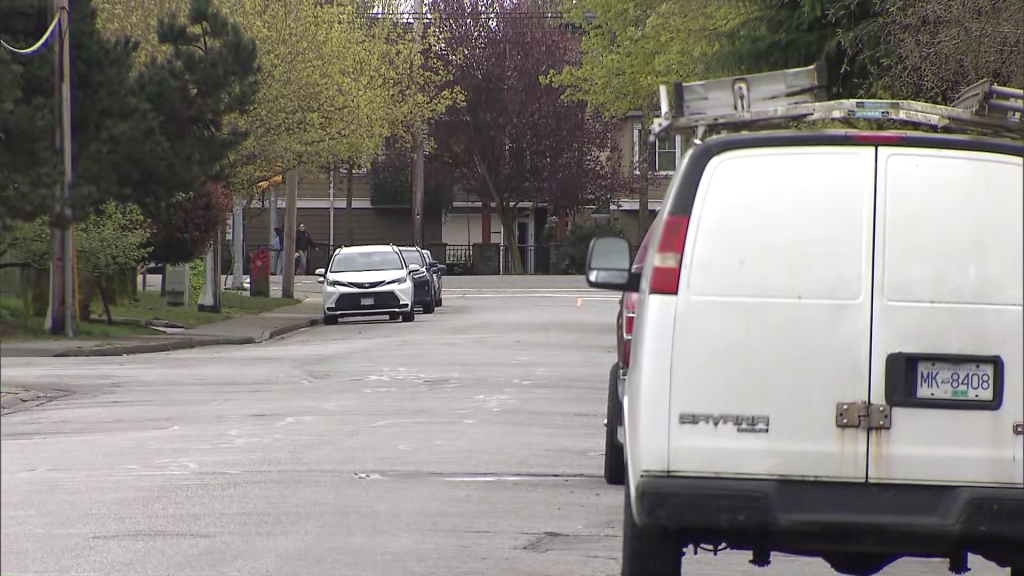Why are Interior ERs still closing?

Posted August 23, 2024 8:50 am.
Last Updated August 23, 2024 9:52 pm.
Emergency room closures continue to be an issue across B.C., with staffing still affecting ER operations.
Interior Health is one of the hardest-hit health authorities dealing with these closures. Lillooet’s ER was most recently forced to close Wednesday night until Friday at 8 a.m.
Dr. Curtis Bell, who speaks for the health authority, says sometimes the closures are because of unpredictable circumstances.
“When we have a site that needs to be open 24/7, it really requires a significant number of people to manage that site or be consistently available,” he explained.
“Part of it is it’s summertime, so we really try to make sure that physicians, as well as other staff, have a bit of a work-life balance, and at the same time … our goal is to definitely keep our emergency rooms as much or as consistently as possible. However, there are times when there are things happening unpredictably, either because of personal issues or just because people are away, it’s hard for us to sometimes have enough people to support a site.”
In places like Lillooet, Bell says it can be difficult to find replacements at the last minute, due to the smaller number of staff.
He says while physician shortages can lead to closures, a lack of nurses and other staff are also behind decisions to shut ER doors.
In many cases, ERs across B.C. have closed for nights, reopening in the morning following. However, there have also been day-long closures, during more critical times.
“I think the main difficulty is that we are always looking to find enough people to do the work,” Bell told 1130 NewsRadio.
ER closures not just felt in Interior
The issue is not isolated to Interior Health. Northern Health has also been plagued by ER closures, and hospitals in the Lower Mainland have also seen disruptions.
“The difficulty is that there’s a shortage of physicians in other health providers all across Canada. So, we’re really competing with maybe within our own locations … but also with the larger community or the province, for that matter,” he said.

Medical imaging has also seen disruptions in Interior Health at various times due to staffing issues. Bell says those gaps are harder to fill due to the specialized training required for physicians.
“People who have that skillset are sometimes very difficult to come by or are one of two in some of our communities. So if they have reasons for not being able to be at work, we don’t have a lot of redundancy or backup to be able to cover those easily,” he explained.
Bell says the health authority tries to be “as proactive as possible,” noting schedules are filled as early as possible.
“We have people specifically in place to try to ensure that our emergency network, so to speak, is able to address the needs of every community and ensure that all of our emergency rooms are kept open. But there are times when it’s difficult for us to find enough people. In spite of having a long list of people, we may have to call on a one-on-one basis to beg or get them to do us a favour that’s really been hard to fill,” he admitted.








